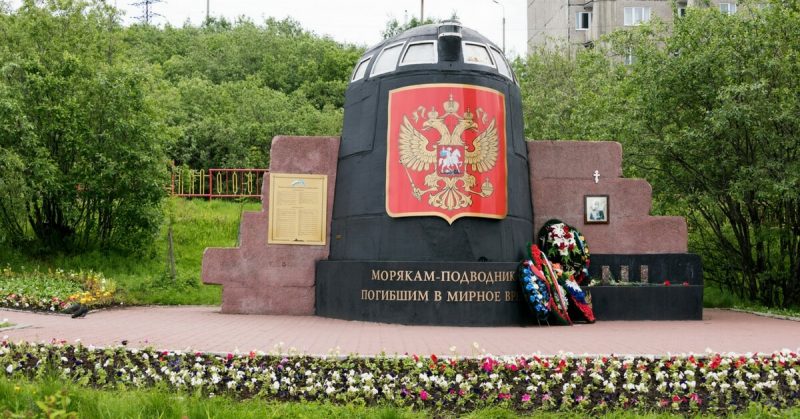The Kursk submarine disaster was the largest naval tragedy ever to happen in the Russian Federation during peacetime. The country had been experiencing a lot of political turmoil in the 90s following the collapse of the Soviet Union, and it now entered the new millennium rather tragically.
The Oscar-class, nuclear-powered submarine Kursk (K-141), named after the location of the famous WWII tank battle, sank on 12th of August, 2000, in the Barents Sea in northern Russia, claiming the lives of 118 men. The entire crew of the Kursk died on the bottom of the sea, mostly due to the lack of safety measures aboard and the utter lack of preparation for emergency situations by the authorities.
The disaster occurred during a large naval exercise conducted by the Russian Navy. It was the first major exercise in 10 years and an opportunity to prove that the successor of the Soviet Army is capable of responding to potential threats. The exercise included 30 ships and three submarines. Although it is not usual for submarines to carry combat weapons during such training, Kursk was armed with 18 anti-ship torpedoes and 22 cruise missiles.
The sailors aboard the Kursk were recognized as the best crew of the North Fleet for their conduct just before the accident. The submarine itself was considered unsinkable and capable of withstanding a direct torpedo hit. It was claimed that Kursk was capable of confronting entire formations of US aircraft carriers.
Apparently, one of the torpedoes aboard the Kursk was damaged during transport and it was leaking fuel. It is possible that the damage occurred during transport, as several sources later claimed that they witnessed when the torpedo was dropped on the ground. Nevertheless, it was loaded on the submarine. This particular torpedo wasn’t armed with warheads and the inspection gave it little attention, but noticed the leakage.
The officers neglected the malfunction, for the exercise was a top priority, and it had to be conducted on schedule. The military high command had long before been involved in corruption scandals, often neglecting the malfunctioning equipment in the Russian Army. The fate of the sailors was thus sealed.
The fuel leakage led to the initial explosion. Two minutes and 14 seconds after the first explosion in the torpedo compartment, the fire it triggered set off a second explosion of five to seven combat-ready torpedo warheads.
The seismic readings of the explosions were first caught by a Norwegian seismic array at 11:29h on Saturday, 12th of August, 2000. The Russian command lost contact with the Kursk after the explosions took place, but didn’t even acknowledge that the submarine suffered an accident for six hours. After it became obvious that something was wrong, a rescue operation was organized, failing to locate the submarine during the first day.
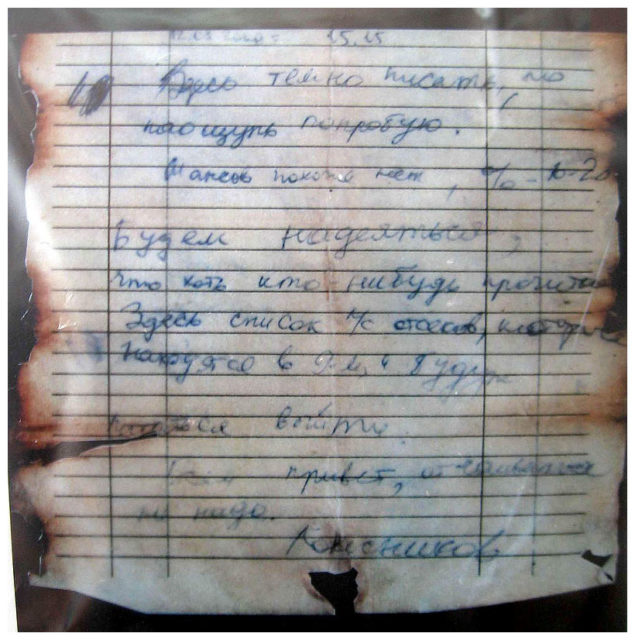
Meanwhile, the Kremlin was informed of the event the day after it occurred. Vladimir Putin, who was in his first year of presidency, was assured that the exercise was going as planned even while the search was authorized. On Sunday, 13th of August, the Army officials tried to conceal the accident, giving a statement to the media that the exercise was conducted superbly, with the exception of the Kursk as it suffered “minor technical difficulties.” At this time, the Navy knew that the submarine was lost, but feared to give any pieces of information about it, since they themselves knew little.
But the families of the missing men were already worried. None of them had called home, and a chilling feeling resonated around the Vidyaevo Naval Base, which was the home of the men aboard the Kursk. Several misleading stories about a temporary communication breakdown were offered to the families, but none of those seemed plausible. It was obvious that something was going on beneath the surface.
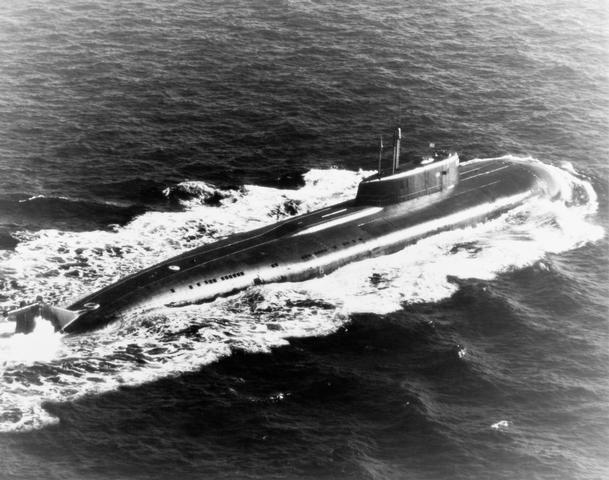
The Kursk was slowly turning into an international scandal. Since the Norwegians picked up the readings that clearly indicated that an underwater explosion took place in the Barents Sea, the British government along with the USA, Norway, Israel, France, Germany, and Italy offered help. The Russians dismissed the offer, claiming that a rescue operation was well under way and that everything was under control.
Somebody within the government made claims that the Kursk was badly damaged due to a collision with a NATO submarine, which turned out to be a complete act of paranoia. Nevertheless, this claim fueled the Russian stand to refuse any foreign assistance.
On Monday, 14th of August, an official statement was given. The Navy told the press that the submarine had “descended to the ocean floor,” that they had established contact with the crew, were pumping air and power to the ship, and that “everyone on board is alive.”
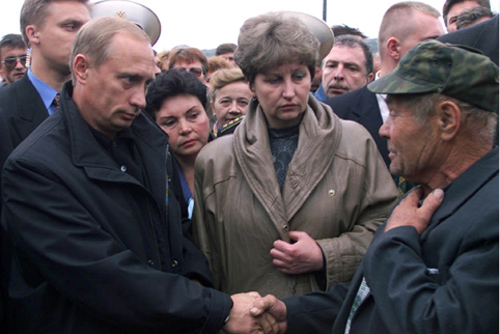
The pressure was rising, as the Russian government continued to mislead the public. Four days after the accident some of the Navy officials claimed that the Kursk was damaged after it hit an old underwater mine that dated from the WWII era.
The public was furious. Family members of the crew protested, asking for additional information, as they were given next to none. Some of the family members weren’t notified by the authorities at all and learned everything about their husbands, sons and brothers fate through the newspapers.
Meanwhile, all rescue attempts failed to due to bad weather conditions and inappropriate equipment. British and Norwegian divers finally gained authorization to help with the rescue mission but were given many restrictions. The Russians still feared to let the foreigners go near the submarine. They were extremely cautious concerning the Kursk, for it represented the pinnacle of Soviet engineering.
After the international team had inspected the wreck, they learned of the first casualties. The explosions killed most of the men aboard, but 23 sailors survived. Due to the slow reaction by the authorities, the men slowly suffocated as the oxygen reserves were depleted.
It was time to come out with the truth. On August 21st, the Chief of Staff of the Russian Northern Fleet, Mikhail Motsak, announced to the public that the Kursk had flooded, and the crew was dead. The next day, President Putin met with the families of the dead sailors and officers.
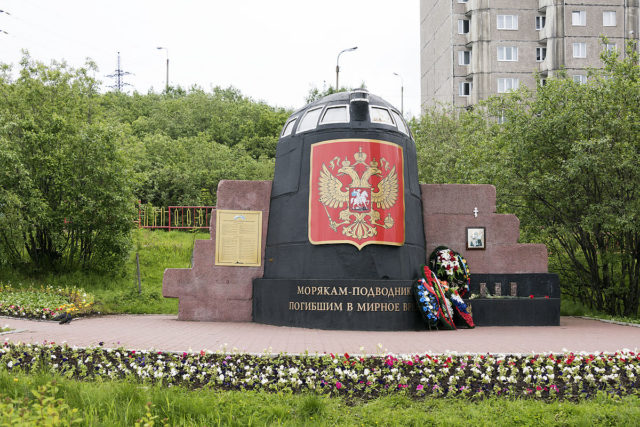
During the meeting, Nadezhda Tylik, the mother of Kursk submariner Lt. Sergei Tylik, was extremely emotional and interrupted the meeting. She shouted at the President and was forcibly restrained. This scandal echoed around the world, emphasizing the tragedy that claimed the lives of 118 men.
The Russian government committed to raising the wreck in a US$65M salvage operation. They contracted with the Dutch marine salvage companies Smit International and Mammoet to raise the Kursk from the sea floor. It became the largest salvage operation of its type ever accomplished
On 8 October 2001, fourteen months after the disaster, and only five months after the contract had been awarded to them, the salvage team raised the remainder of the ship in a 15-hour operation. Once the sub was raised and joined to the barge, it was carried back under the barge to the Russian Navy’s Roslyakovo Shipyard in Murmansk.
In Murmansk the Kursk was moved into a drydock, then the hull of the ship was gradually opened, and the bodies of all but three of the 118 personnel on board were recovered. The last three were so badly destroyed by the blast and fire that their bodies could not be identified or recovered.
